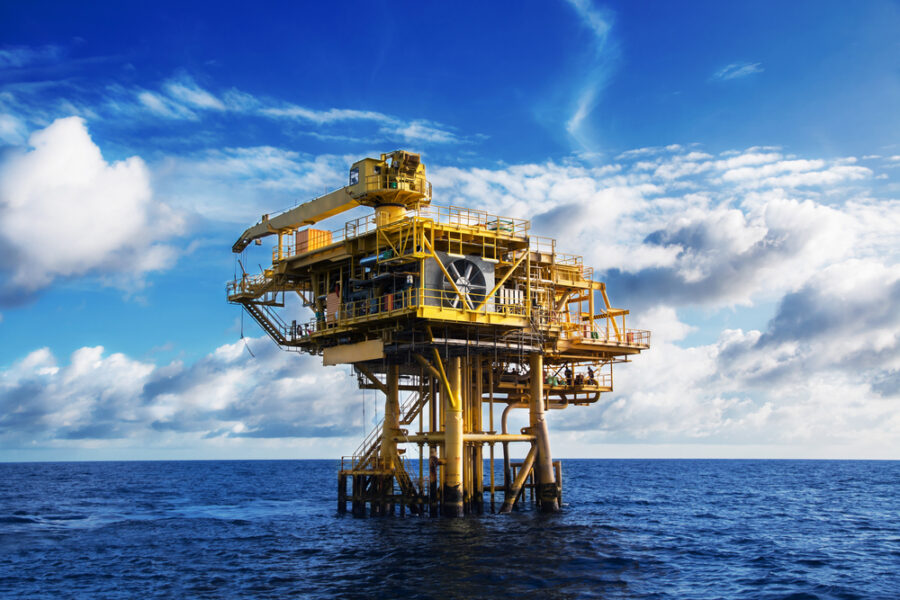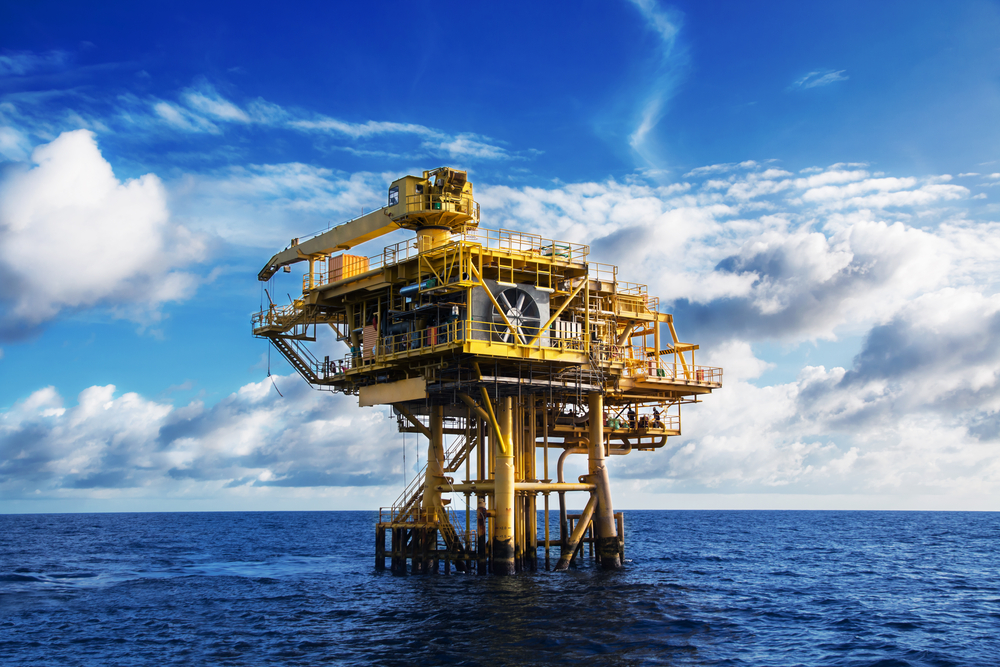
How Subsea Wellheads for the Oil and Gas Industries are Established
One of the most important actions undertaken by companies in the oil and gas industry is exploratory mining for undersea oil and natural gas deposits. The first part of this process is using scientific data such as seismic studies and consults of geo-scientists who are experts in this field to locate suitable drill sites with the potential for large oil or natural gas deposits.

Once a drill site has been located, a specifically designed deep sea drilling rig with the drilling equipment and wellhead components onboard, is dispatched to the drilling location. This might be a floating production platform or a specifically designed drilling ship. The location is confirmed via a satellite link and the vessel maintains that position by maintaining the link and adjusting its position because of currents, waves, etc., by using propellers and engines to maneuver the vessel until the wellhead has been established.
Installing the Main Pipe for the Subsea Wellhead
The first thing that happens is that the main base pipe is installed on the sea floor. The drill bit is lowered through the base pipe to the bottom, and then the rig pushes the pipe into the sea floor by using water to “jet” the pipe into place until the wellhead is just above the sea floor. Once this has been completed, the drill bit continues to drill down and the rig pumps specially designed mud down into the hole to fill the hole as it continues to drill.
What is the Purpose of Drilling Mud?
This mud serves three purposes:
- It pulls the rock and other debris out of the hole as the drill continues downward.
- It cools and lubricates the operating drill bit.
- It fills the hole or well bore to equalize the pressure and prevents other fluids, such as seawater, from flowing into the well bore during the drilling process.
Installing the Casing Strings
Once this drill bit reaches the designated depth, the drill bit is retrieved and the first casing string is lowered into the hole. This both keeps the hole from collapsing and allows the drill pipe to inject cement into the hole to fill the drilled-out space and hold the casing pipe in place. The cement is pushed into up into the drilled-out area outside of the casing string by injecting more mud behind it with a plug in between them both. Once the plug reaches the bottom of the hole, it has pushed all of the cement out of the pipe, and into the newly drilled hole, cementing the casing string in place.
This process is repeated by drilling deeper to another determined depth, lowering a smaller casing string into the hole and cementing it in place, and so on.
Return next month to learn more about the subsea drilling process, and how the subsea wellhead components are designed to protect the drilling rig, personnel and environment.
Need Wellhead Casings and Subsea Connections Manufacturing?
Look no further than Forged Components. At FCI, we have been manufacturing subsea connections, wellhead casings and other wellhead components for the oil and gas industries for over 20 years. We can manufacture them from a variety of different materials in a wide-range of sizes that will meet your specific needs. Call us at (281) 441-4088 or contact us online to get in touch with our wellhead casing or subsea connections manufacturing experts today.
